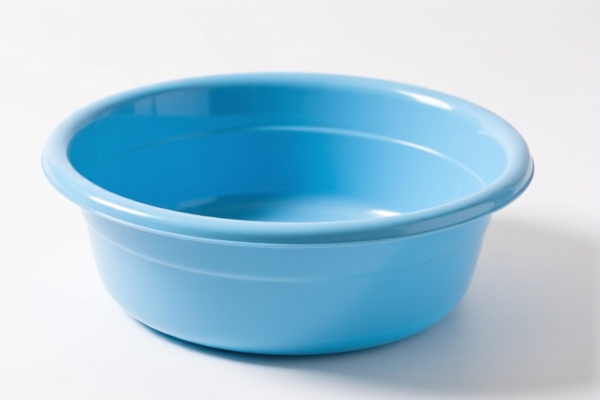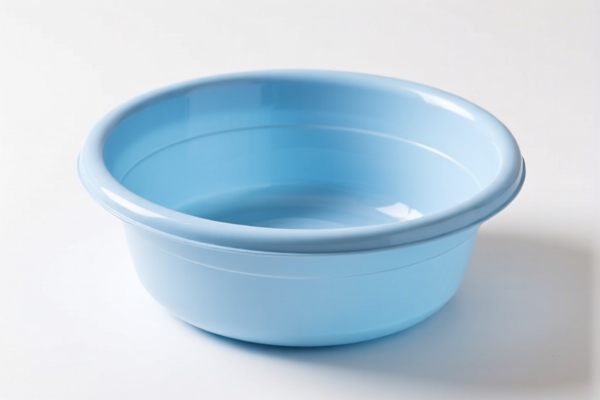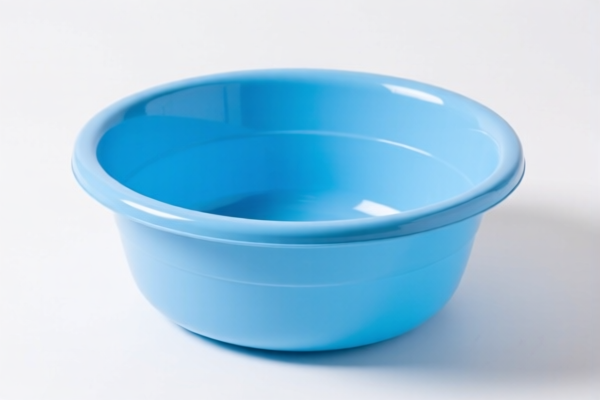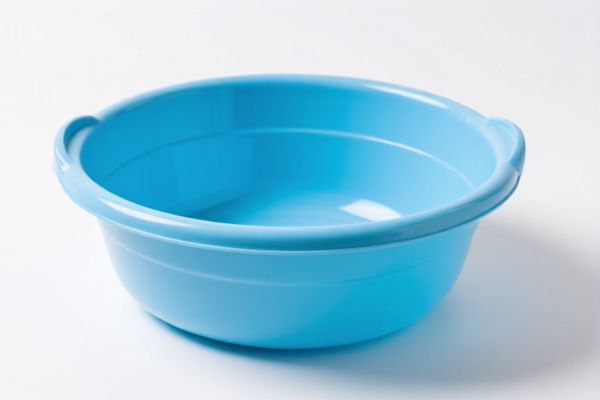| HS Code | Official Doc | Tariff Rate | Origin | Destination | Effective Date |
|---|---|---|---|---|---|
| 6910100030 | Doc | 35.8% | CN | US | 2025-05-12 |
| 7013993000 | Doc | 46.5% | CN | US | 2025-05-12 |
| 7324100010 | Doc | 83.4% | CN | US | 2025-05-12 |
| 7324100050 | Doc | 83.4% | CN | US | 2025-05-12 |
| 3922100000 | Doc | 43.8% | CN | US | 2025-05-12 |
| 3922900000 | Doc | 61.3% | CN | US | 2025-05-12 |




Basin
A basin is a broad term for a container, often with a rounded or bowl-like shape, used to hold liquids for washing and other hygiene purposes. The term also refers to a naturally occurring depression in the Earth's surface, often filled with water. This entry covers both common usages.
Household Basins (Washbasins)
Material
- Ceramic: The most common material, known for its durability, smooth surface, and ease of cleaning. Varieties include porcelain and vitreous china.
- Stainless Steel: Durable, resistant to staining, and often used in commercial or industrial settings.
- Glass: Offers a modern aesthetic, but can be more prone to chipping or cracking.
- Stone: Including marble, granite, or travertine, providing a luxurious and durable option, often heavier and more expensive.
- Acrylic: Lightweight and relatively inexpensive, but can be more susceptible to scratches.
Purpose
- Handwashing: The primary function, used with water and soap to remove dirt, germs, and debris from hands.
- Facial Washing: Used for cleansing the face.
- Shaving: Facilitates shaving by providing a contained water source.
- Small Item Washing: Can be used to wash small clothing items or other personal effects.
Function
Basins typically feature a drain to remove wastewater. They are connected to plumbing systems providing both hot and cold water supply via faucets (taps). Overflow drains are often included to prevent flooding if the tap is left running.
Usage Scenarios
- Bathrooms: Standard fixture in residential and commercial bathrooms.
- Kitchens: Smaller basins (often called utility sinks) are used for washing dishes or produce.
- Laundry Rooms: Used for handwashing clothes or rinsing items.
- Healthcare Settings: Essential for hygiene in hospitals, clinics, and dental offices.
Common Types
- Pedestal Basins: Supported by a single pedestal, concealing plumbing.
- Countertop Basins: Sit on top of a counter or vanity.
- Undermount Basins: Installed underneath a countertop, creating a seamless look.
- Wall-Hung Basins: Mounted directly to the wall, freeing up floor space.
- Vessel Basins: Sit entirely on top of a counter, often with a decorative design.
- Double Basins: Feature two basins side-by-side, common in larger bathrooms.
Geological Basins
Purpose
Geological basins are depressions in the Earth's crust that accumulate sediment. They are crucial for the formation of sedimentary rocks and often contain valuable resources like oil, natural gas, and groundwater.
Function
Sediment (sand, silt, clay, and organic matter) is transported by water, wind, or ice and deposited in the basin over time. The weight of the accumulating sediment compacts and lithifies, forming sedimentary layers.
Usage Scenarios
- Oil and Gas Exploration: Major targets for drilling operations.
- Groundwater Recharge: Act as reservoirs for groundwater.
- Agricultural Land: Fertile areas due to sediment deposition.
- Study of Earth's History: Provide records of past environments and geological events.
Common Types
- Structural Basins: Formed by the subsidence of the Earth's crust due to faulting or folding.
- Foreland Basins: Develop adjacent to mountain ranges.
- Pull-Apart Basins: Formed by strike-slip faulting.
- Ocean Basins: Large depressions on the ocean floor.
- Impact Basins: Formed by the impact of asteroids or meteorites.
Basins can fall under several classifications depending on the material of construction. Here's a breakdown of potential HS codes based on the provided information:
- 6910.10.0030: This code covers ceramic sinks, washbasins, washbasin pedestals, baths, bidets, water closet bowls, flush tanks, urinals and similar sanitary fixtures, specifically those of porcelain or china. This includes sinks and lavatories. The total tax rate is 35.8% (base tariff 5.8%, no additional tariff currently, but 30.0% will apply after April 2, 2025).
- 7324.10.0010: This code applies to sanitary ware and parts thereof, of iron or steel, specifically sinks and wash basins, of stainless steel. It covers stainless steel sinks with one or more drawn bowls (basins). The total tax rate is 83.4% (base tariff 3.4%, additional tariff 25.0%, and a further 30.0% after April 2, 2025, plus a 25% tariff on steel/aluminum products).
- 7324.10.0050: This code also covers sanitary ware and parts thereof, of iron or steel, specifically sinks and wash basins, of stainless steel, but categorized as Other. The total tax rate is 83.4% (base tariff 3.4%, additional tariff 25.0%, and a further 30.0% after April 2, 2025, plus a 25% tariff on steel/aluminum products).
- 3922.10.0000: This code covers baths, shower baths, sinks, washbasins, bidets, lavatory pans, seats and covers, flushing cisterns and similar sanitary ware, of plastics. Specifically, it includes baths, shower baths, sinks and washbasins. The total tax rate is 43.8% (base tariff 6.3%, additional tariff 7.5%, and a further 30.0% after April 2, 2025).
- 3922.90.0000: This code covers baths, shower baths, sinks, washbasins, bidets, lavatory pans, seats and covers, flushing cisterns and similar sanitary ware, of plastics, but categorized as Other. The total tax rate is 61.3% (base tariff 6.3%, additional tariff 25.0%, and a further 30.0% after April 2, 2025).
Important Note: For HS codes 7324.10.0010 and 7324.10.0050, please be aware that a 25% additional tariff applies to steel/aluminum products.
Customer Reviews
No reviews yet.